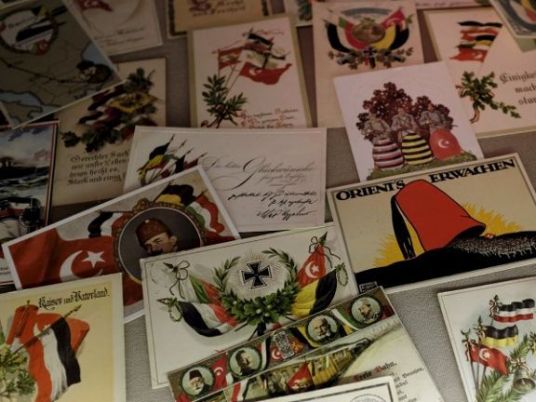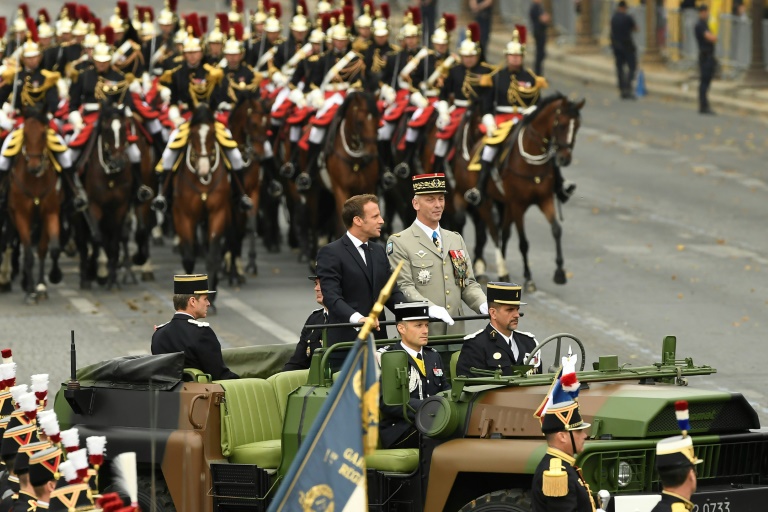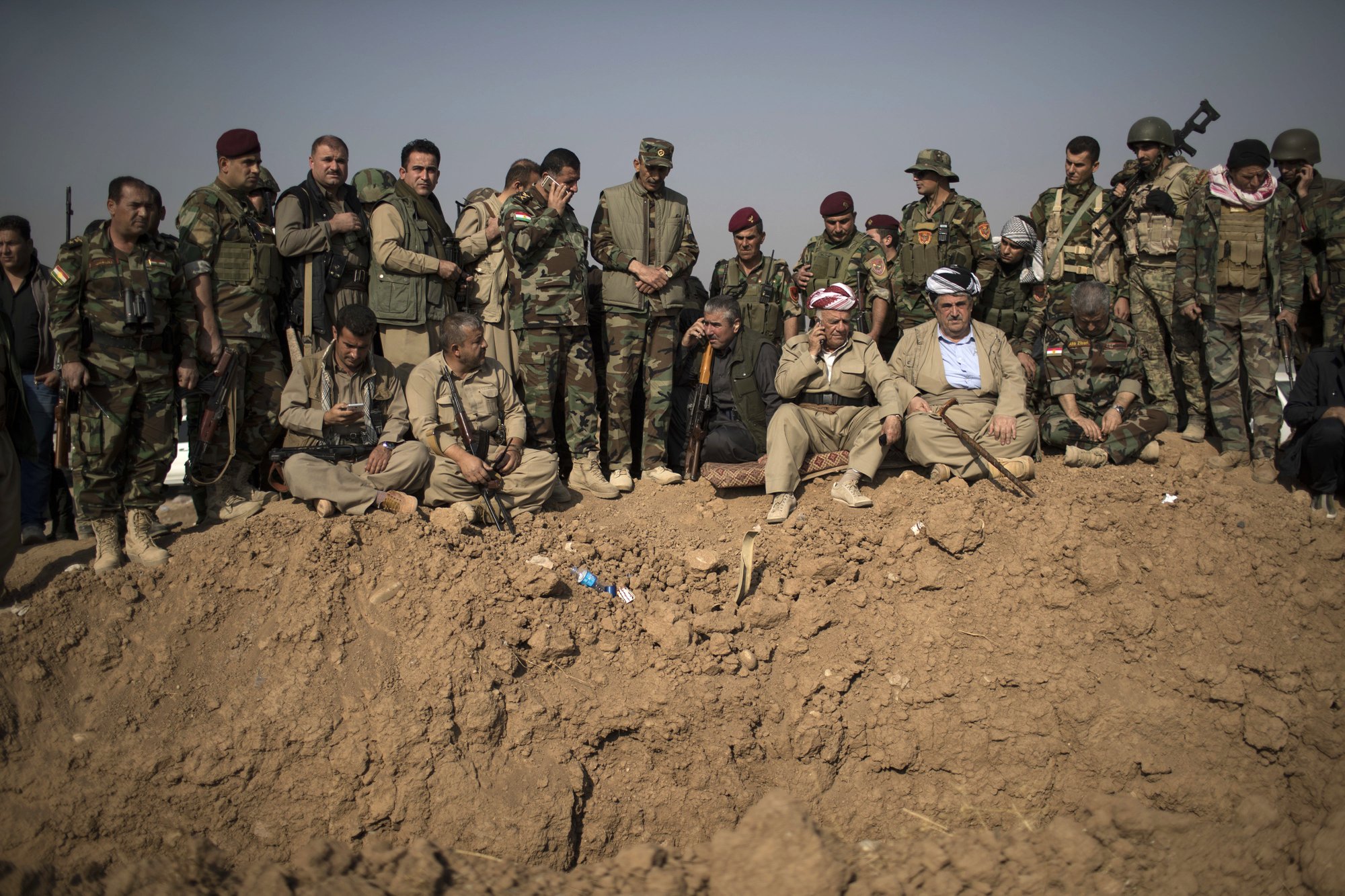
Beer mugs and embroidered handkerchiefs are among the everyday items repurposed for World War One propaganda and now on display in Istanbul, showing how the conflict 100 years ago touched ordinary peoples' lives.
"Propaganda and War: The Allied Front During the First World War" is also one of the rare centennial exhibitions organized by one of the losers of the Great War.
The show "looks at the vanquished at the onset of the war when they still hoped for victory," said Edhem Eldem, Bogazici University history professor who wrote texts for the exhibit.
"It aims to show how obscene propaganda is. Using puppies with flags in their paws for destruction is terrible."
The Turkish Ottoman Empire joined what initially was a European War in the belief German military might guaranteed victory, giving it a chance to regain territory recently lost in north Africa and the Balkans.
Instead, defeat was crushing, bringing the curtains down on the Ottoman era after seven centuries of rule over swathes of territory. Sources say close to 5 million Ottoman troops and civilians perished. In total, the war claimed 16 million lives.
In the heady early days of war, every imaginable medium could be employed to carry messages of strength to a disparate cultural, ethnic and religious coalition, which combined the Germans, Ottomans, Austro-Hungarians and Kingdom of Bulgaria.
Earthenware with the leaders of the four so-called Central Powers surrounded by garlands and inscribed with the German legend "Aus Grosser Zeit" ("Of Great Times") are among the objects from a private Turkish collection.
Postcards of cherubic children dressed in military garb, puzzle games and portraiture by the German war artist Wilhelm Viktor Krausz from the Turkish frontlines are also on display.

SUBDUED
Britain, France and the United States have marked the Great War's centennial with exhibitions, battlefield tours and ceremonies. Some 4 million people visited the Tower of London's sea-of-blood poppy installation in 2014.
Tributes on the losing side are subdued. Germans are unsure how to remember a war that cost them 13 percent of their territory and was soon overshadowed by World War Two.
"Propaganda and War," on view at Koc University's Research Centre for Anatolian Civilisations before wrapping this week, is one of only a few exhibits in Turkey for the centennial.
Turkey is also holding ceremonies recalling the 100th anniversary of the Gallipoli campaign – one of its early victories – including an event on April 24, the day Armenians consider the start of a genocide that claimed the lives of 1.5 million of their ethnic kin on Ottoman Turkish lands.
That has led to charges that Turkey is seeking to divert attention from the darker chapter of the war. At the very least, Turks have a complex view of the conflict.
The modern Turkish Republic was founded on the ashes of the Ottoman Empire, transforming loss into a national triumph.
"Turkish nationalism is so strong, defeat was turned on its head. But there is truth to it too. Turkey was not treated like other losers in the war," Eldem said, pointing to the Allies' embrace of a new nationalist movement in the 1920s led by Mustafa Kemal Ataturk, the soldier who founded the republic.
Perhaps most striking for Turkish viewers is how propaganda has retained its characteristics in a nation with NATO's second-largest army, Eldem said.
"When you look at the symbolism of nationalism in Turkey, you still find the same images, such as kids dressed in military costumes. We haven't really toned down the propaganda," he said.




